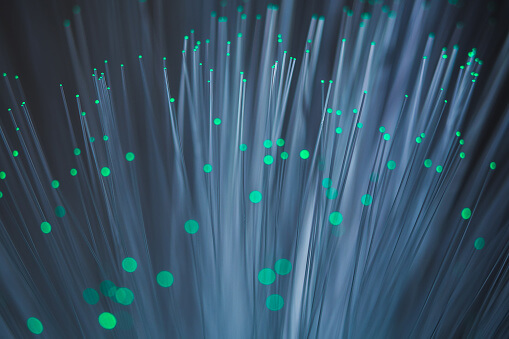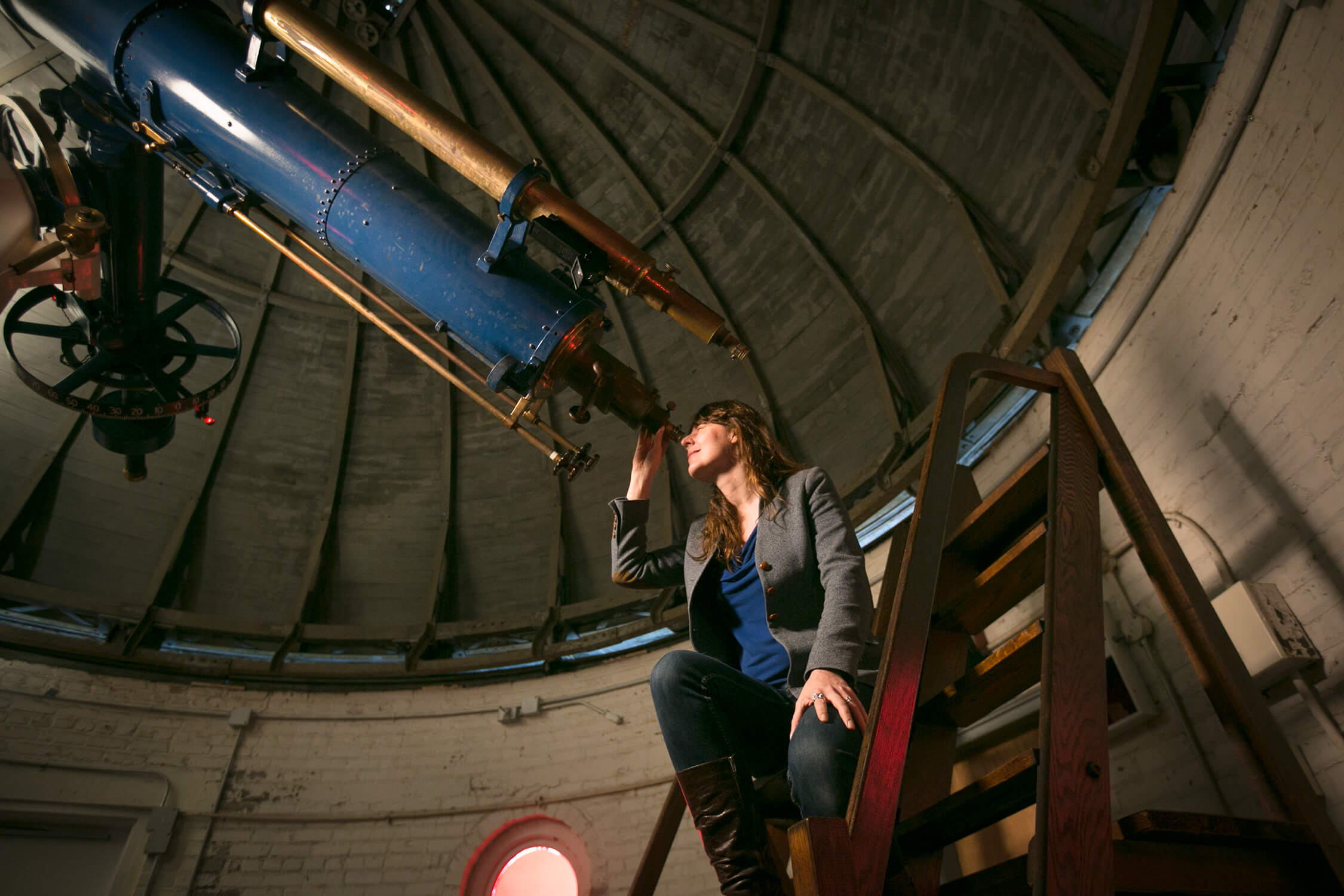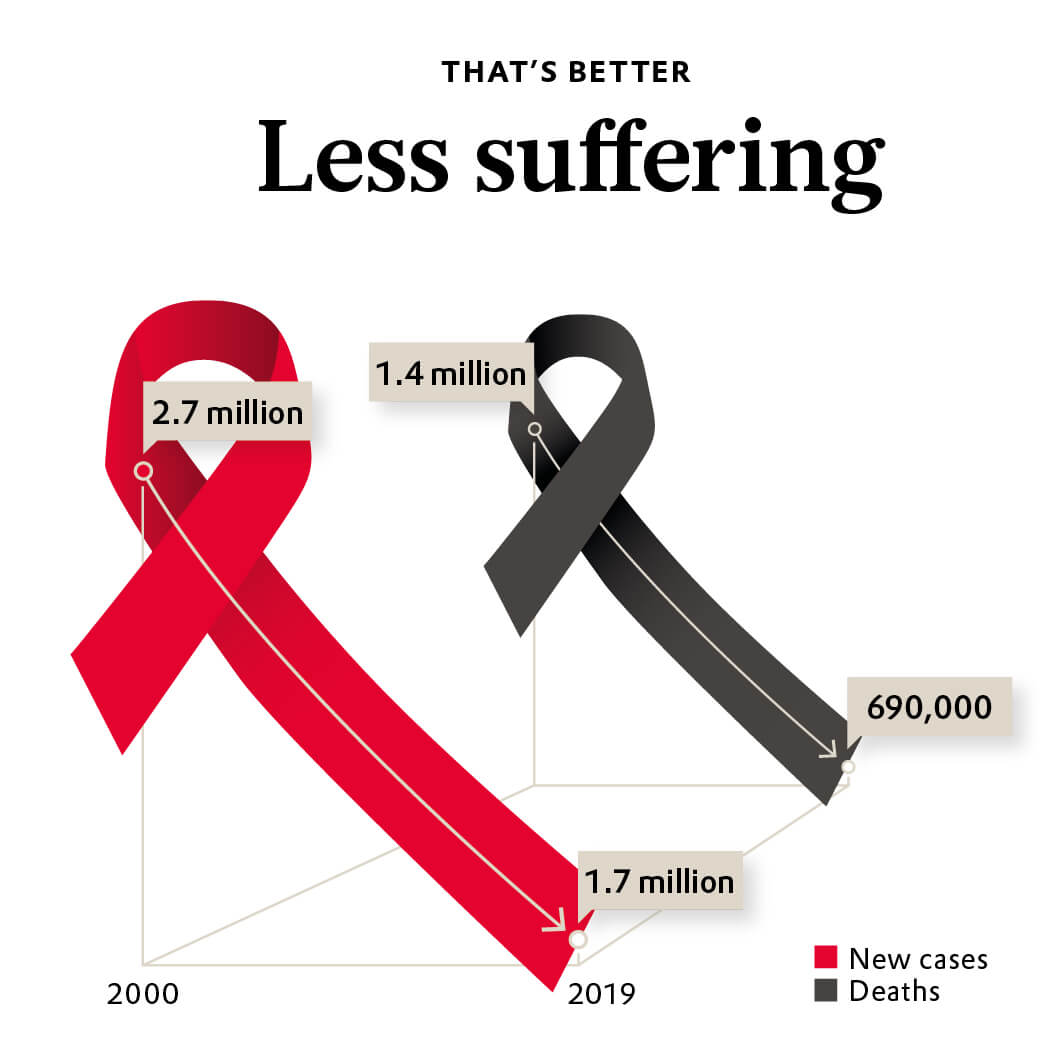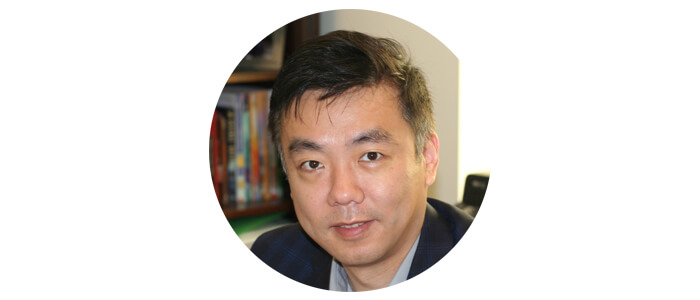
Perspectives
Of effervescent tablets and printed steaks
Is the 3D printer soon going to be serving steaks? Does blockchain make food safer? And which country is home to the most vegetarians?

Perspectives
Of plant sensors and protective tattoos
Could tattoos help to protect against the sun? Will algorithms be able to predict the results of chemical reactions?

Perspectives
On solar recycling and cooling with wood
Vegan imitation leather, CO2 storage units on truck roofs, and plastic recycling by means of sunlight: Innovations from research.

Perspectives
Of chicken eggs and Antarctic vegetables
A researcher is growing vegetables in the Antarctic, Europe is producing less waste, and 3D printing keeps on growing.
ELEMENTS Newsletter
Get fascinating insights into the research Evonik is conducting, and its social relevance, by subscribing to our free newsletter.





